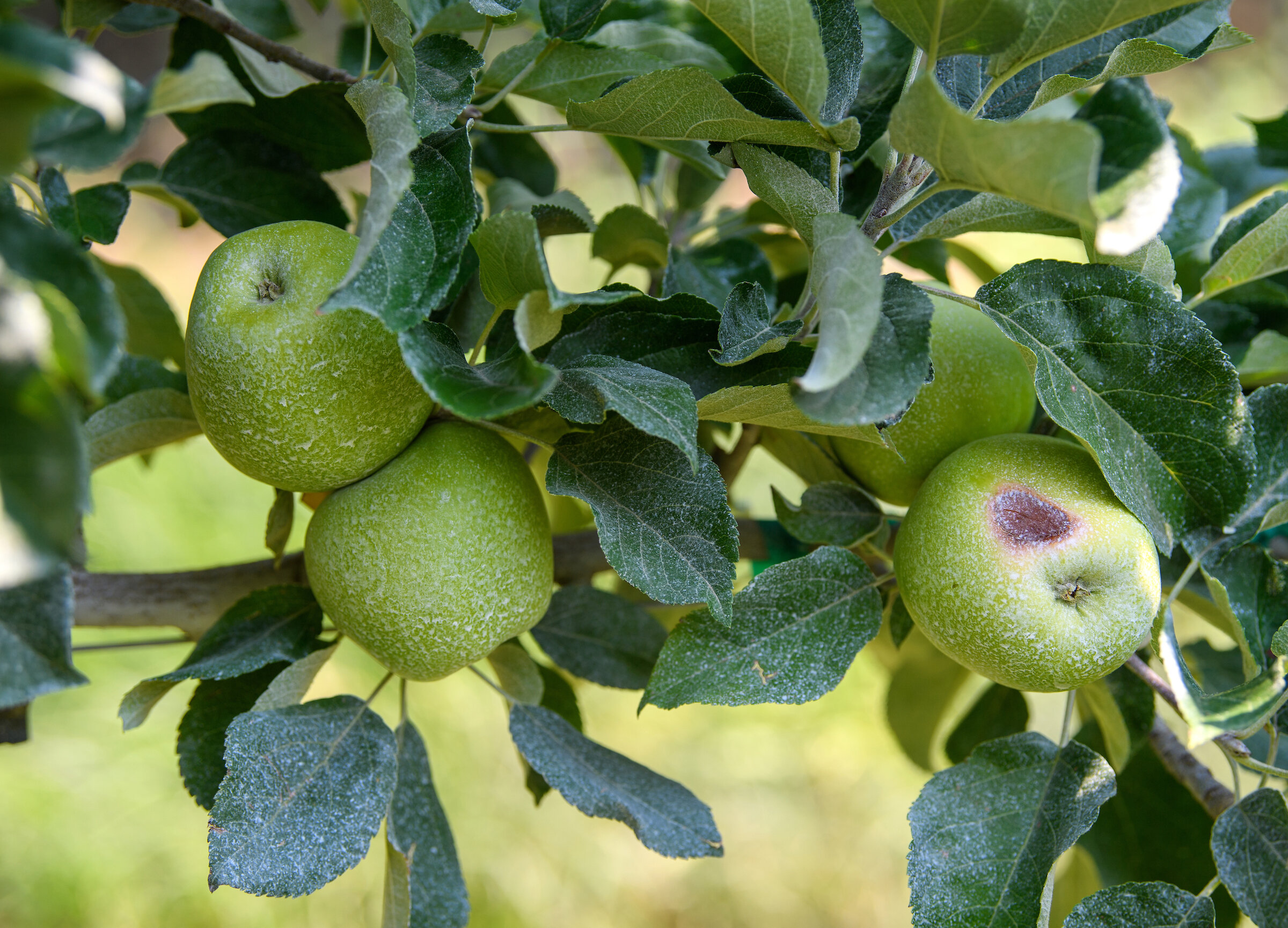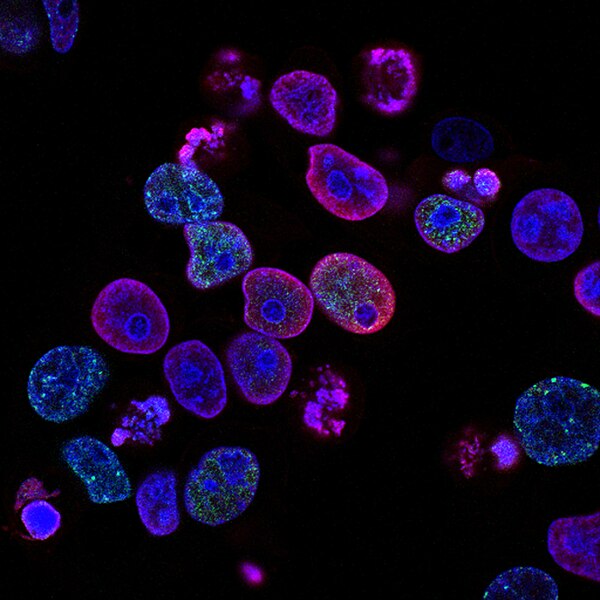Some of the most productive apple-growing regions in the United States are currently grappling with significant challenges brought about by a changing climate. A study conducted by Washington State University (WSU) researchers sheds light on these emerging climate-related threats and their implications for apple production across the country. The research analyzed over four decades of climate data, focusing on how shifting conditions during key stages of apple growth — from bud break and flowering to fruit maturation and coloration — could affect yields and fruit quality.
The study, which was published in the journal Environmental Research Letters, reveals that several of the largest apple-producing areas in the U.S. are experiencing alarming trends due to the changing climate. The regions hit hardest include Yakima County in Washington, Kent County in Michigan, and Wayne County in New York. Yakima, in particular, stands out as the largest apple-producing county in the country, with more than 48,800 acres dedicated to apple orchards. Researchers discovered that Yakima has been severely affected by unfavorable changes across five of the six climate metrics they analyzed.
“We shouldn’t take the delicious apples we love to consume for granted,” said Deepti Singh, a WSU climate scientist and the study’s corresponding author. She went on to highlight that disruptions to climate patterns during multiple growth phases of apple trees could lead to compounding challenges in terms of both production and fruit quality.
Apple trees rely on a delicate balance of environmental factors during different phases of their growth. These factors include temperature variations, humidity, and seasonal patterns that influence crucial stages such as flowering, fruit ripening, and coloration development. Climate shifts can disturb this balance and change when and how apples grow. Singh emphasized that understanding these disruptions and developing adaptation strategies is essential to maintaining a consistent supply of quality apples in the face of a warming climate.
For this research, the team focused on six key climate variables that directly impact apple tree growth and development. These metrics include:
- Extreme Heat Days: These are days when the temperature exceeds 93°F (34°C), causing excessive sun exposure that can lead to sunburn and reduced fruit quality. Extreme heat days are becoming more frequent in many apple-growing regions.
- Warm Nights: Nights with temperatures above 59°F (15°C) can reduce the development of coloration in apples, which is particularly important for certain apple varieties that are known for their distinctive hues.
- Cold Days and Chill Portions: Apple trees require a certain amount of cold during the winter months to enter a period of dormancy that allows them to flower successfully in spring. When temperatures remain too warm, trees may not accumulate sufficient chill portions, impacting their ability to blossom in the right timing.
- Frost Events: Late frosts in the spring can damage early-blooming apple flowers, which can significantly reduce the crop yield for that year.
- Growing Degree Days (GDD): The number of days that exceed a specific temperature threshold required for apple development is another crucial factor in the apple growth cycle. These days dictate how quickly apples mature, affecting their timing, size, and overall quality.
The findings indicated that the western United States has seen particularly detrimental trends in multiple climate factors that are affecting apple production. Among these are frequent and intense heat waves, along with earlier-than-usual warming periods, both of which are influencing flowering and fruit ripening.
The study noted that these challenges are especially complex because apple trees are perennial plants — that is, they live for many years, and the environmental conditions they encounter in one season often carry over to affect their performance in subsequent seasons. As co-author Lee Kalcsits, a WSU tree physiologist, pointed out, the climate conditions during one phase of the apple growth cycle can influence everything that follows. For example, if there’s inadequate winter chill, apple trees may fail to produce a healthy bloom in the spring, which in turn will affect fruit size and quality during the summer.
Moreover, what makes the situation even more pressing is that apple trees’ life cycles span across multiple years. Therefore, the accumulated effects of abnormal climate conditions can jeopardize the long-term productivity and health of the entire orchard. Growers must account for a range of weather patterns and shifts that can affect apples not just in the current season but also in future years.
Despite these escalating challenges, apple growers are not standing still. Many are already adopting various adaptation strategies to mitigate the effects of climate change. For instance, in Washington state — one of the largest apple-producing regions in the U.S. — orchardists are deploying nets to shield fruit from sunburn caused by the increasing frequency of extreme heat. Additionally, evaporative cooling methods are being used to reduce the heat stress on trees, thereby helping to ensure fruit quality. These and other adaptive approaches aim to buffer crops from climate extremes and preserve the vitality of apple orchards.
However, scientists are not content with just understanding the current trends. In addition to providing insights into the long-term impacts of climate shifts, researchers like Kalcsits are also working on practical solutions to help the apple industry navigate this ever-changing environment. Kalcsits, for example, is leading a project focused on mitigating the impact of extreme climate events on apple and pear production, aiming to establish best practices for orchards to cope with these changes.
This project spans across multiple regions of the country, including apple-growing areas in Washington state, and is crucial for informing management strategies that will support the resilience of the tree fruit industry. As Kirti Rajagopalan, a biological systems engineer at WSU and a study co-author, explained, Washington is an ideal starting point for adapting to climate risks, given that many parts of the state experience both high summer temperatures and chilly winters. “If we can manage the situation here in Washington, then the findings and recommendations can likely be applied to other regions as well,” said Rajagopalan.
The pressing question of how apple growers can adapt to rapidly changing climates is a key focus for the future of the industry. As temperatures continue to rise, researchers are dedicated to providing farmers with the knowledge and tools they need to manage their orchards effectively. Further studies on climate projections are anticipated, which could help inform the development of more precise adaptation strategies to safeguard apple crops from an uncertain future.
Additional researchers contributing to this vital study include Shawn Preston and Matthew Yourek from WSU. These researchers are working toward not just identifying the dangers posed by climate change but also offering solutions that can ensure a continued supply of apples for consumers. While the situation is undeniably challenging, the collaborative efforts of scientists, growers, and agricultural engineers provide hope that with the right planning and adaptation techniques, it will be possible to mitigate the worst effects of a warming world on apple production. As Deepti Singh aptly put it, protecting apple harvests and their quality must be approached as a long-term challenge, with continuous collaboration and innovation at its core.






